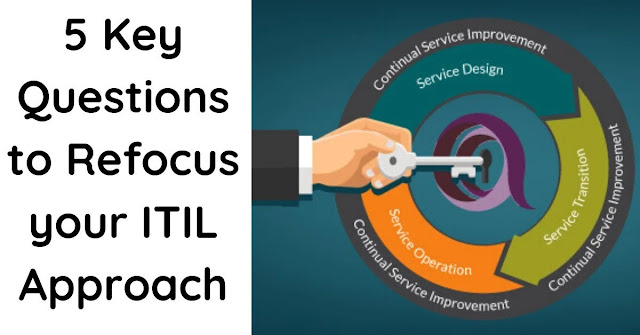Question #1: How are we doing?
One of the first activities on any improvement plan should be to carry out a baselining exercise. Reach out to your customers, support teams, and suppliers to ask them what’s working well, what needs to be improved on, and what else needs to happen so that your IT department can continue to maintain and improve on the agreed levels of service. Ask your IT service desk which issues they see day-in and day-out and look at your customer satisfaction feedback for any common themes.
Question #2: What’s changed?
Another question to ask is what’s changed in the past year? Your organization will flex and adapt to changing market requirements, so IT needs to do the same to stay relevant (and let’s face it, to keep up). Ask yourself, what new challenges is your business facing? What has become more important to it? What is senior management focusing on (and what’s keeping them awake at night)?
Things to look out for include:
Expansion – more people are being hired and new sites being built
More governance and compliance activities – for example, SOX
New customers with new requirements
New suppliers and partners.
Question #3: When was the last time you checked customer requirements?
Things to consider here include:
Availability and uptime. Just because the service level agreement (SLA) says 99% uptime it doesn’t mean that you won’t get absolutely mauled in a service review meeting if something’s fallen over at a particularly critical time. In particular, make sure availability requirements are regularly reviewed for business-critical services.
Capacity and performance. How an application behaves is absolutely vital to the customer experience. We’ve probably all heard about the three-click rule, but other things to look at could include page refresh rates, transaction speeds, server capacity, and application loading times. It’s all about the detail.
IT security. Keeping systems secure and ensuring that security obligations such as regular security patching and user training exercises are carried out.
Self-service and self-help. Empowering your customers to access self-help will speed up the time it takes to resolve simple issues such as password resets – also freeing up the service desk to focus on “the most important stuff.”
Question #4: How can we bring in the new?
Being just good enough isn’t good enough anymore. Staying relevant is about more than just surviving, it’s about bringing your A-game. Look at what’s happening in the best practice community and look at what you can relatively easily incorporate into your day-to-day activities.
Things to consider include:
Using eXperience level agreements (XLAs) to track and improve customer experience and satisfaction
Using Kanban boards to streamline your change control process – replacing or reducing the need for lengthy change advisory board (CAB) meetings
Developing templates and models to handle the most frequently occurring incident and service request tickets
Using the Kaizen approach to carry out short, targeted bursts of continual improvement activity.
Tip #5: How can we be “more about value”?
The reality is, IT needs to be all about delivering value these days. Value to your customers, value to your end-users, and value to the business. A key concept in the new version of ITIL (ITIL 4) is the service value chain which describes six activities that work together to take incoming demand and requirements to create value through the IT products and services that enable the business.
By integrating such value stream activities into your ITIL approach you’re putting the business front and center and the improvements you make will be visible to all.





0 comments:
Post a Comment